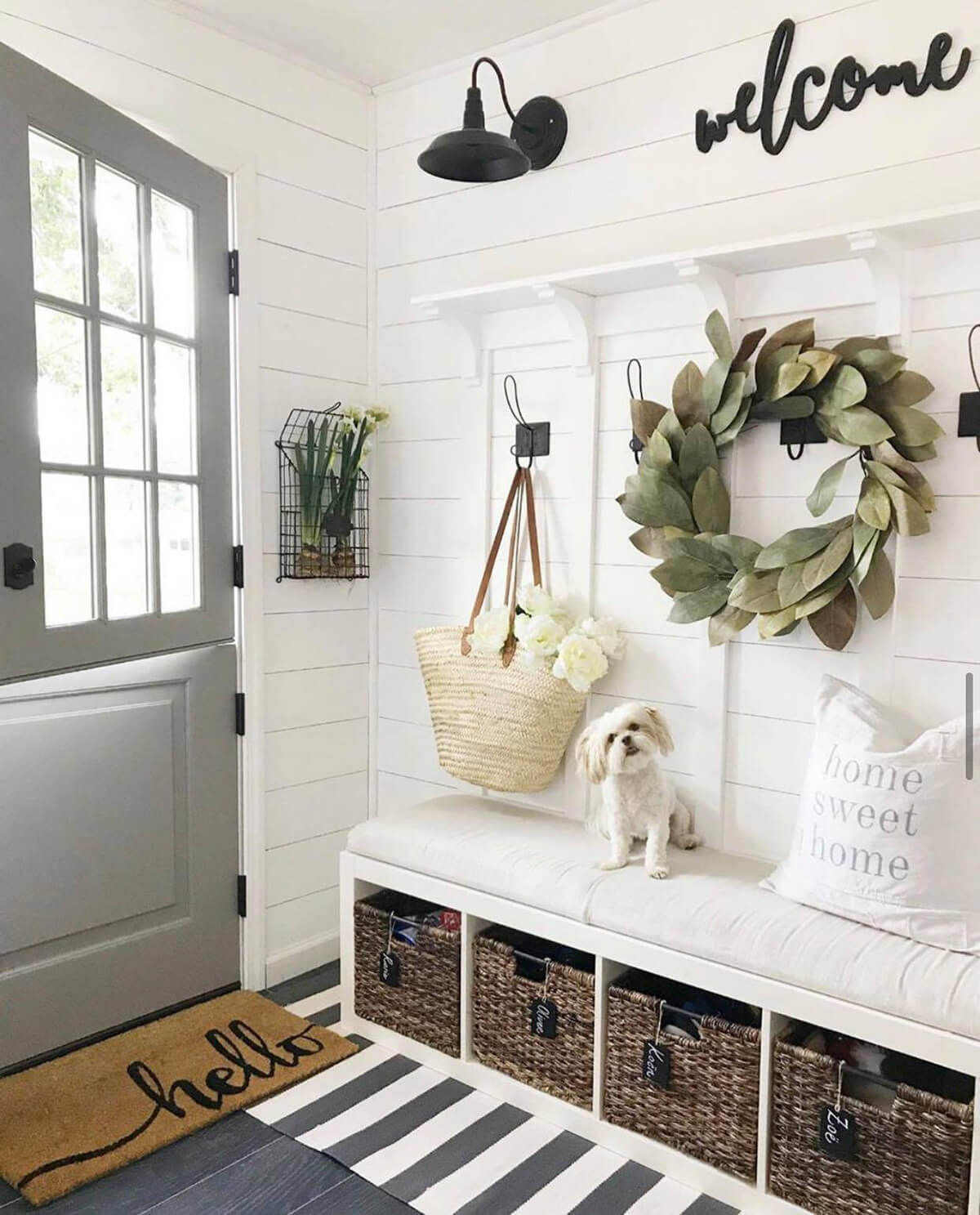Table Of Content

Because many homes are independent and not currently affiliated with the National Association of Recovery Residences (or other regional association), finding a home with vacancies is not always a straightforward process. However, you can use the table above to get started, and then continue with your own research to find a recovery residence that meets your needs. Since the sober living home industry has been undergoing many changes, many people may not be aware of the options, and it can be difficult to find a quality sober living home if you don’t know where to look.
OUR IN-HOUSE COMMUNITY
Halfway houses serve as the halfway point between an institution and independent society, with residents usually coming from either correctional or inpatient treatment facilities. A variety of other studies have also found that sober living homes appear to be an effective component of the recovery process. An American Journal of Public Health study compared individuals who lived in a sober living home to those who only received outpatient treatment or attended self-help groups. Studies indicate that living in sober homes after inpatient treatment increases recovery rates, financial strength and overall stability. Searching for addiction treatment or recovery housing can feel overwhelming; however, there are several resources to help you find the appropriate care and support.
Our Vibrant Sober Living Community Is Waiting to Support You
This indicates the need for greater health education of drug users and the implementation of relapse and overdose death prevention programs. Sober living houses can assist in educating drug users and reducing the chance of relapse. One study into Oxford House recovery homes found that they reduce relapse by providing closer monitoring and referring additional services to residents with a history of severe addiction. Sometimes people use the term halfway house and sober living home interchangeably. Both residences provide a space where people can live as a group and ease themselves back into daily life following a stint away from home.
SF Mayor London Breed Reverses Course on Proposed Sober Living Site After Community Pushback - KQED
SF Mayor London Breed Reverses Course on Proposed Sober Living Site After Community Pushback.
Posted: Wed, 21 Feb 2024 08:00:00 GMT [source]
Are You Looking at Sober-Living Houses? Here Are a Few Things You Should Know
Establishing a sober lifestyle is difficult during the early stages of recovery. You need somewhere safe you can go after treatment, a place where you’ll be free of triggers and surrounded by social support. Residences in areas with a higher cost of living, such as New York and California, may be more expensive. Additionally, residences that offer more services or specific amenities may cost more. Your health and wellness is unique to you, and the products and services we review may not be right for your circumstances. We do not offer individual medical advice, diagnosis or treatment plans.
SHSL RECOVERY RESIDENCE
“I don’t wish to expose my children to that constant flow of unknown people in our neighborhood. I do find comfort and safety in knowing that my neighbors should be registered to a home. I am not comfortable not knowing who is coming and going in this home, at such a high rate,” she said. From April 2020 to October 2021, Raffa paid a total of $174,600 in illegal kickbacks to body brokers, the indictment alleges.
“When and if it’s determined that they can meet the tests under the Fair Housing Act, then we have to look to what reasonable accommodations they’re seeking, because they are entitled to that as well. That reasonable determination process may take them from three unrelated people, to more. I don’t know if we get to 14, they’re going to have to explain why they need a reasonable accommodation for 14 occupants in the home. But there’s a lot of information that we need to compile, to see if they can meet their requisite burden under federal law,” Iannozzi said. Sunlight has also worked with a similar Quakertown-based recovery foundation to develop standards for such facilities across the state, and Sunlight currently lists one home in Lansdale and two in Hatfield.
While this seems like a disadvantage, paying rent can help a resident continue responsible financial habits. Although relapse is a common part of the recovery process, it threatens the recovery of all residents. Thus, individuals who relapse are usually removed from the sober living home as soon as possible.
Since then, homes operating under the Oxford House model have spread across the country – as of 2012, there were 1,500 homes. Sober living homes are places where someone in recovery can find independence while learning to seek and obtain community resources necessary for long-term recovery. At Transcend Recovery Community, our programs are dedicated to helping individuals find long-lasting recovery. Our sober living home is a short distance from some of Southern California's most iconic landmarks - so you can can stay connected while you focus on staying sober. You can also look into Oxford Houses, which provide all recovering users the opportunity to develop comfortable sobriety without relapse. Julia Childs Heyl is a clinical social worker who focuses on mental health disparities, the healing of generational trauma, and depth psychotherapy.
WHAT IS IT LIKE TO LIVE
There is no time limit on how long someone can live in a sober living house. While meeting attendance and household duties may be required, there isn't regimented treatment programming present in the home. Some are on the campus where drug and alcohol addiction treatment is provided, and others are independent homes, apartments or condos. The number of residents depends on the size of the home or licensed beds in a facility. In most sober-living environments, bedrooms are shared, but some do provide individual rooms. Typically, there are rules about shared living spaces and individual room maintenance and chores, visitor hours, meal times, curfews and Twelve Step meeting requirements.
Certain age brackets can experience specific challenges when recovering from addiction. We strive to make our house feel like home, with free amenities and services to ensure your basic needs are met so you can focus on your recovery. American Addiction Centers (AAC) is committed to delivering original, truthful, accurate, unbiased, and medically current information. We strive to create content that is clear, concise, and easy to understand.
When you're looking for a sober recovery home, be sure to ask what's included in the monthly rate and what is extra. Some examples of additional services may include transportation to appointments, recovery coaching, meals and gym memberships. But when considering some of the services offered, make sure they're services that help support your sobriety. Part of living in recovery is "showing up for life," meaning doing things for yourself that make you a successful, contributing member of society. When in active addiction, we tend to ignore the things that make us successful. So when getting back on our feet and in recovery, cooking and cleaning for ourselves is part of a healthy recovery plan.

Smith and Clark recommend seeking out an SLH after completing clinical treatment to best practice the skills learned in the program alongside others in recovery. We do not receive any commission or fee that is dependent upon which treatment provider a caller chooses. Sober living homes can be beneficial for those who are transitioning from inpatient treatment, but they may be too far ahead in the process for many who are looking to start their recovery journey. With little structure and monitoring, someone new in their recovery may want to a higher-level sober living home. We are dedicated to helping men and women navigate their unique journey towards long-lasting recovery. Whether you are ready to take the first step, or simply need someone to talk to about where to go next, our experienced and passionate staff are here for you.
Sober living houses have structured schedules, meetings, and rules to help promote a positive environment free from temptation and distractions. The goal of sober living homes is to monitor and improve health, safety and wellness using peer support. The goal of many halfway houses is to reduce recidivism among felons using supervision. However, some halfway houses are designed to reduce drug relapse rates for high-risk individuals leaving incarceration. A sober living house provides individuals recovering from substance use disorder with a safe place to live before they’re ready to return to their former lives. There are thousands of sober living homes in the U.S., according to the National Association of Recovery Residences (NARR).
It’s a specific test, that case law supports what to consider, and how to weigh those criteria,” he said. “I don’t know how six women, from six variable areas, (with) six different types of addiction, are going to be able to communicate, and get along, and deal with what they have to deal with, in one room,” she said. Embark on your journey to lasting recovery at Shurruns House Sober Living. We're not just a program – we're a community dedicated to your renewal, empowerment, and growth. Step into the opportunity to transform your life and rediscover your true potential.
A paid house manager, administrative staff, and certified peer recovery support staff are at level three. People in recovery receive peer support and accountability in a level-one sober living home. Residents may choose to engage in community support groups, counseling, and anything else to help them stay sober. It also provides a therapeutic space where you can get support from peers who are also recovering from substance abuse. There are also specific types of sober living homes that cater to your gender, age, and in some cases, profession. They also tend to be affiliated with addiction treatment centers that provide outpatient programs.
As a writer, she focuses on mental health disparities and uses critical race theory as her preferred theoretical framework. In her clinical work, she specializes in treating people of color experiencing anxiety, depression, and trauma through depth therapy and EMDR (eye movement desensitization and reprocessing) trauma therapy. Finally, a transitional housing center with a sobriety requirement could be of great help if you're struggling with housing insecurity, mainly due to addiction struggles.










